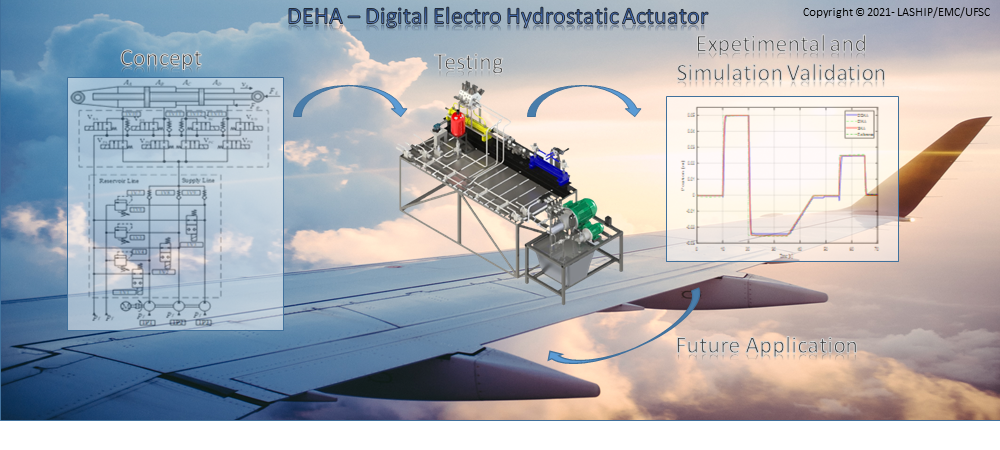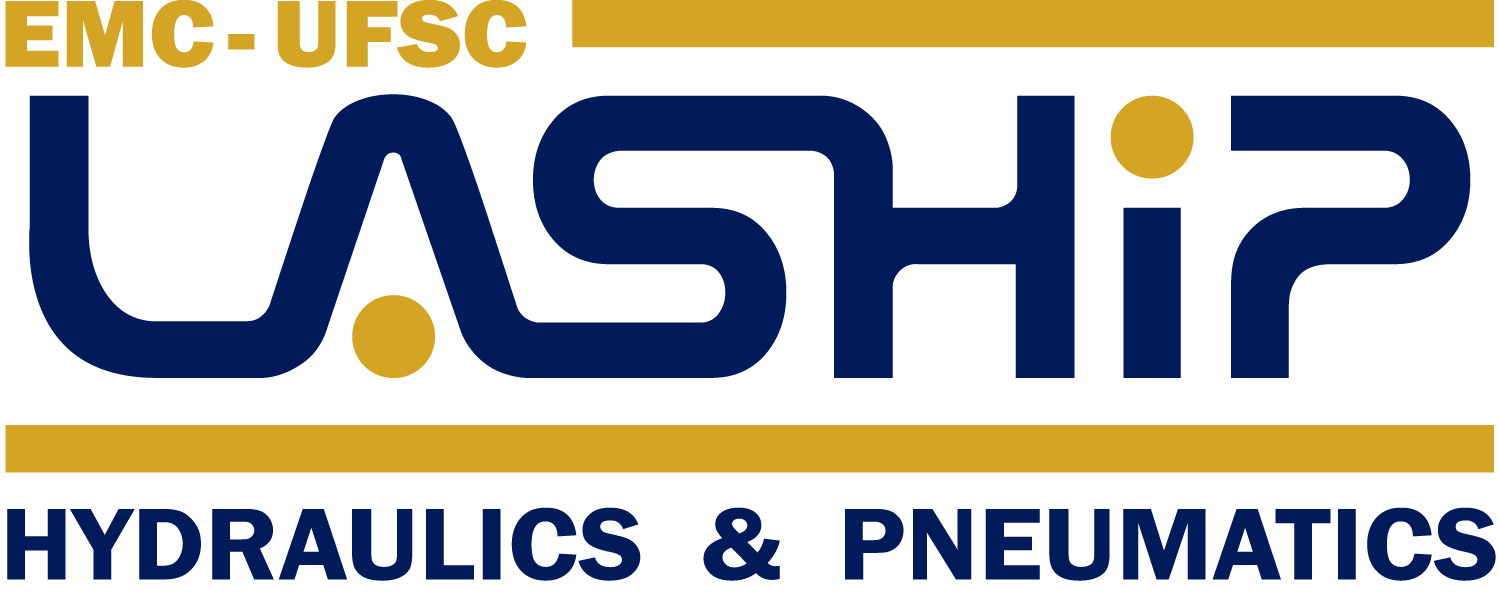Candidate:Marcos Paulo Nostrani
Program: UFSC / POSMEC
Date: February, 2021
Advisor: Victor Juliano De Negri
Co-Advisor: Anders Petter Krus
Abstract: Through the growing global awareness to reduce greenhouse gas emissions, the aeronautical industry has been looking for more efficient solutions that can be applied in the aircraft in order to reduce fuel consumption. With the continuing growing demand for air transportation, the search for more efficient systems has increased considerably, bringing the concept called More Electric Aircraft, which aims to replace hydraulic and pneumatic systems with purely electric systems. However, the high power-to-weight ratio, high reliability, the good dynamic response makes hydraulic actuators technology widely used to control primary and secondary flight control surfaces. However, hydraulic systems are known by their low energy efficiency, which is caused by restrictive control techniques that throttle the passage of fluid through control orifices, and also by internal leakage of the components. To improve the efficiency of hydraulic systems, digital hydraulics emerges as a new technological alternative, where control is performed by non-restrictive techniques, through the use of hydraulic components in parallel or through fast switching hydraulics. Therefore, this doctoral thesis aims to develop a new hydraulic actuator solution for the application in aeronautics using digital hydraulics. The developed solution uses a digital pump, on/off valves, and a multi-chamber cylinder. The solution was called Digital Electro Hydrostatic Actuator – DEHA in reference to Electro Hydrostatic Actuators – EHA. For the DEHA design, a methodology was developed to determine the required number of chambers for the cylinder and the number of binary modulus for the digital pump. Therefore, a four-chamber cylinder and a digital pump with three binary modulus were used, resulting in 43 different velocities for the actuator. In addition, the actuator has been optimized for the desired velocity profile using an optimization algorithm. The same algorithm was used to optimize the pumps for the multi-chamber cylinder already available at the Laboratory of Hydraulic and Pneumatic Systems at UFSC. To verify the feasibility of the proposed solution, a mathematical model using the MATLAB/Simulink and Hopsan software was developed. In addition, a model for the EHA and another for the SHA (Servo Hydraulic Actuator) were developed to compare results and efficiencies. In order to validate the mathematical model, a test bench was built, where different experiments were performed. The results obtained show that DEHA is able to control the position with an error equals to 0.27×10-3 m in steady-state and with an energy efficiency of 54%, being 29 times higher than SHA and 1.2 times higher than EHA, which demonstrates that DEHA can be a promising solution for the development of more efficient hydraulic actuators.
Reference: Nostrani, M. P. Development of a Digital Electro Hydrostatic Actuator for Application in Aircraft Flight Control Surfaces. 2021. 192 p. Tese em Engenharia Mecânica. Universidade Federal de Santa Catarina, Florianópolis.



